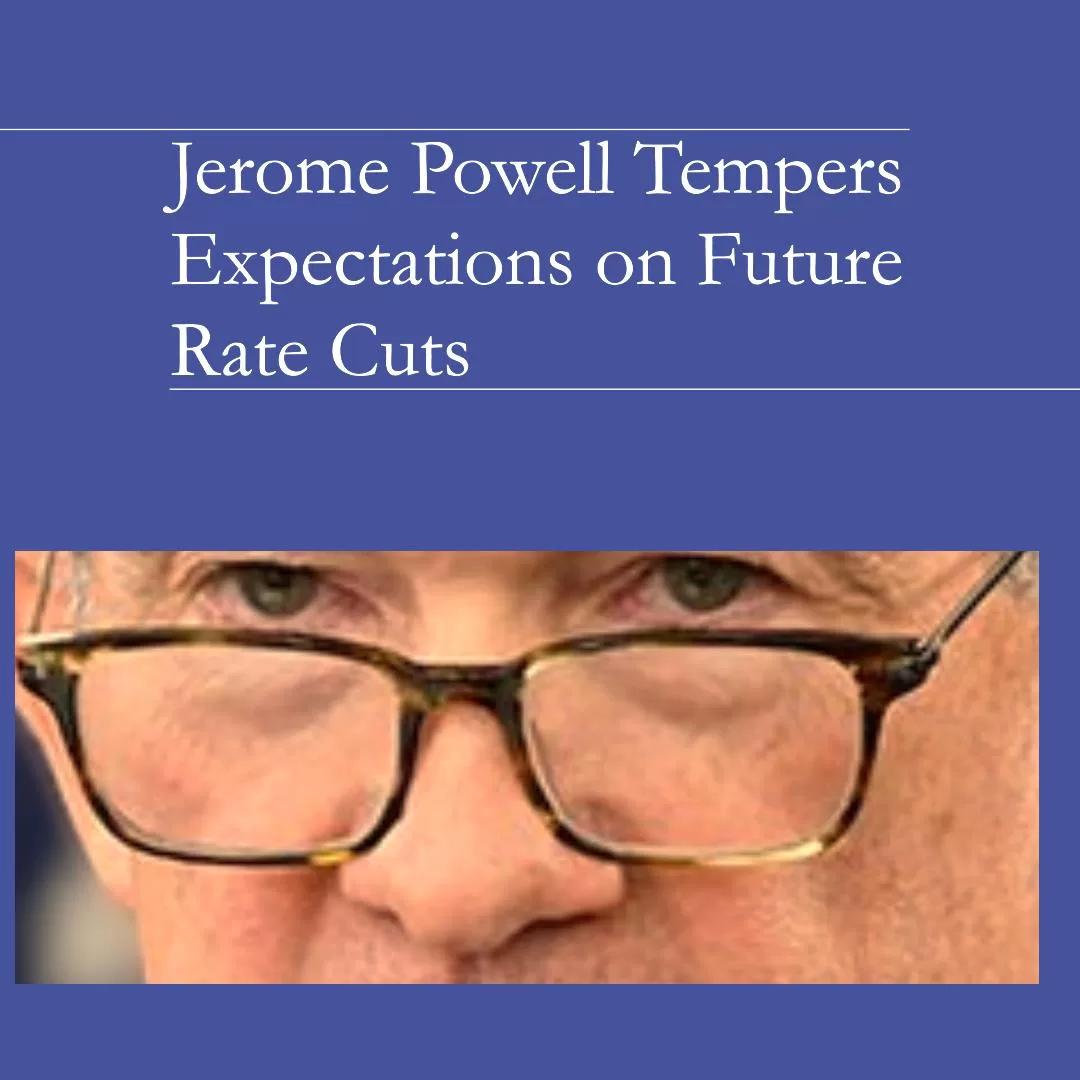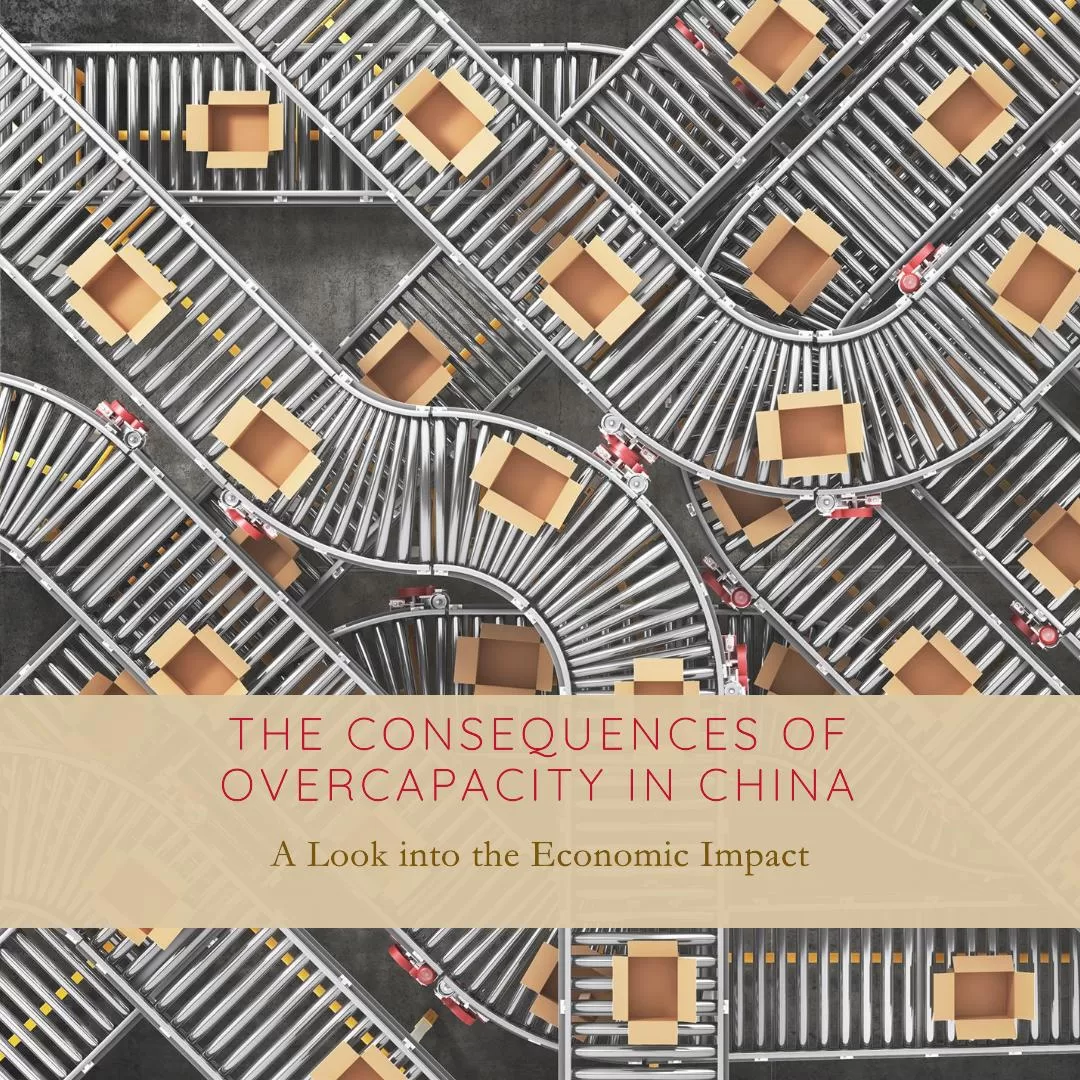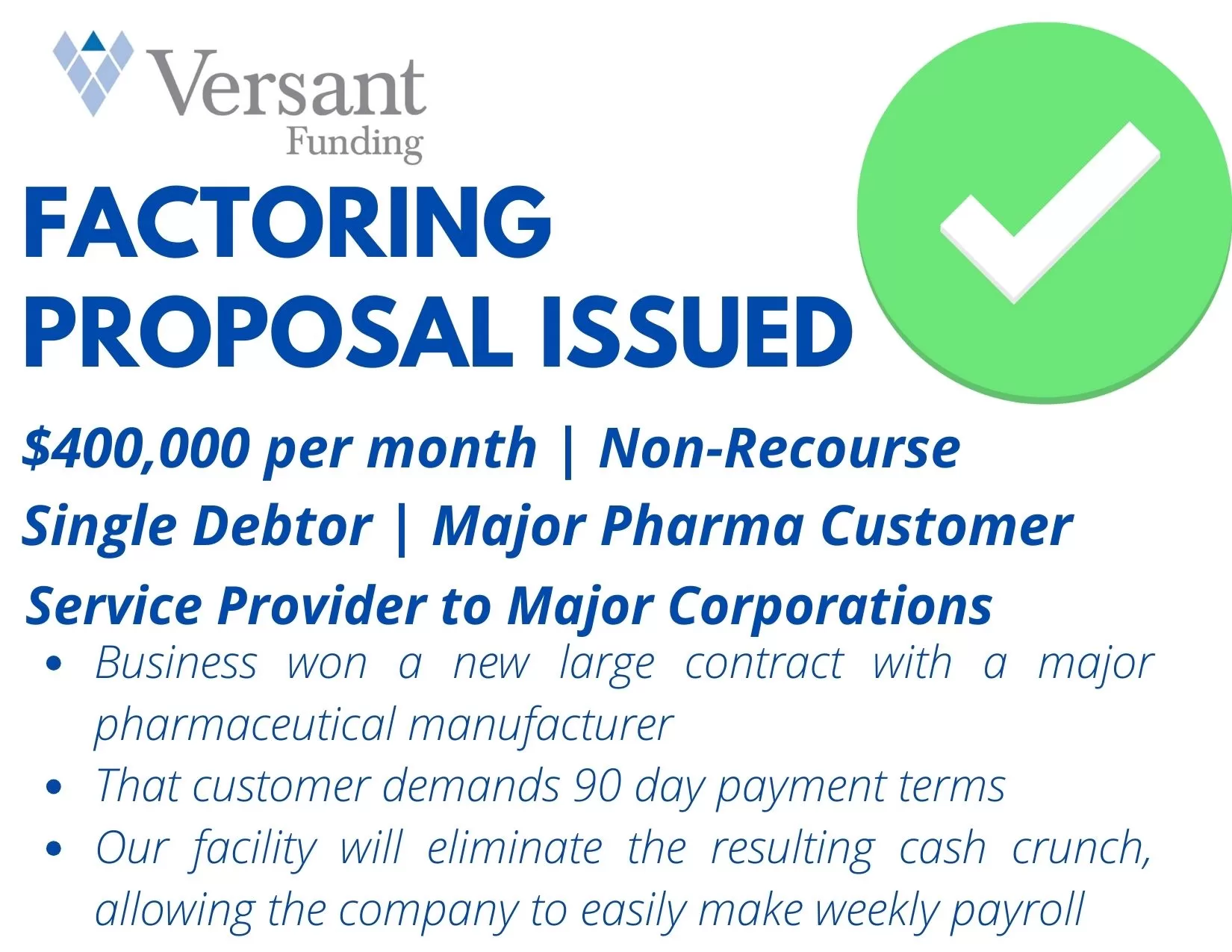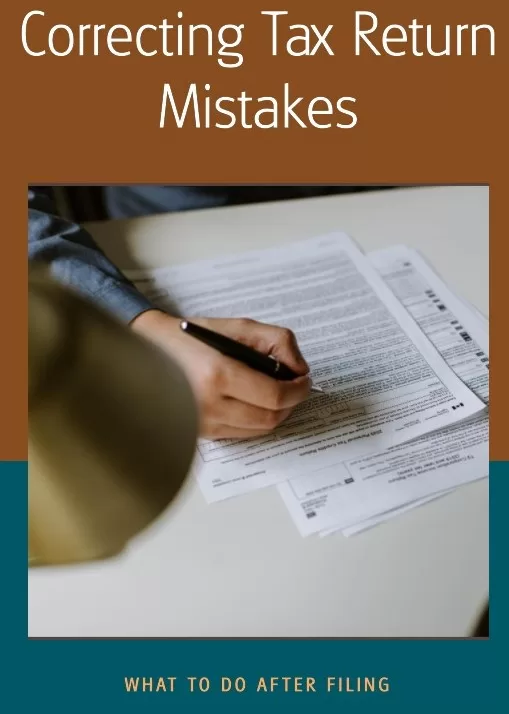Banks have learned from past crises, such as the 2008 financial meltdown, and have taken steps to strengthen their resilience against potential shocks in the commercial real estate (CRE) market. However, the readiness of banks for a collapse in the CRE market can vary depending on several factors: Commercial Real Estate Market Collapse.

- Capital Adequacy: Banks are required to maintain sufficient capital reserves to absorb potential losses. Strong capitalization provides a buffer against loan defaults and declining asset values.
- Risk Management Practices: Banks have improved their risk management practices, including better assessment of CRE loans, stress testing, and monitoring of market trends. This helps them identify and mitigate potential risks early on.
- Diversification: Banks that have diversified their loan portfolios across different sectors and geographic regions may be better positioned to weather a downturn in the CRE market compared to those heavily concentrated in this sector.
- Regulatory Oversight: Regulatory bodies, such as central banks and financial regulators, play a crucial role in overseeing the banking sector’s stability and may implement measures to mitigate systemic risks associated with a potential collapse in the CRE market.
- Liquidity Management: Banks need to ensure they have sufficient liquidity to meet withdrawal demands and fund potential loan losses. Sound liquidity management practices are essential during times of market stress.
- Economic Conditions: The overall health of the economy can significantly impact banks’ resilience to a CRE market collapse. A robust economy with low unemployment and strong consumer spending can mitigate the impact of CRE market downturns on banks.
While banks have taken measures to strengthen their resilience, including tightening lending standards and increasing capital reserves, it’s challenging to predict the full extent of their preparedness for a potential collapse in the CRE market. Moreover, unforeseen events or systemic vulnerabilities could still pose risks to the banking sector, underscoring the importance of ongoing vigilance and risk management. Commercial Real Estate Market Collapse.
Connect with Factoring Specialist, Chris Lehnes on LinkedIn
Read more articles about the Banking Sector









